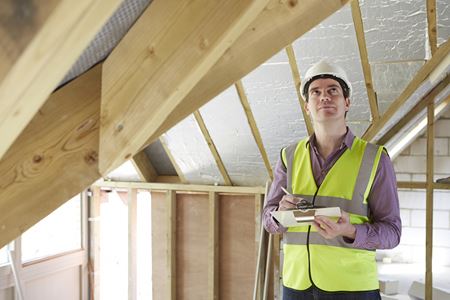Recent Tips and Articles by Allen Exterior Remodeling, Inc.
Roofing and Siding for Manufactured Homes: What Hillsboro Homeowners Should Know
When it comes to planning roofing or siding work for a prefabricated home, you can't always just contact any contractor. Compared to traditionally constructed homes, manufactured homes have unique structural characteristics that require specialized attention, especially in regards to their roofing and siding. If you're a […]
Read Full ArticleWhy Annual Roof Inspections Are Essential for a Healthy Home
Your home can't hold up against the environment without a durable roof to protect it against the weather. Even though you probably don't give it a lot of thought during your day-to-day life, your roof works hard year-round to protect everything beneath it, and that constant […]
Read Full Article'Does My Roof Need Repair?' Here's How To Tell
The roof over your head is one of the few things standing between you (and your home in general) and the elements, so a healthy, sturdy roof is a must. However, no matter how high-quality and expertly installed your roof is, it can't hold up forever […]
Read Full Article

